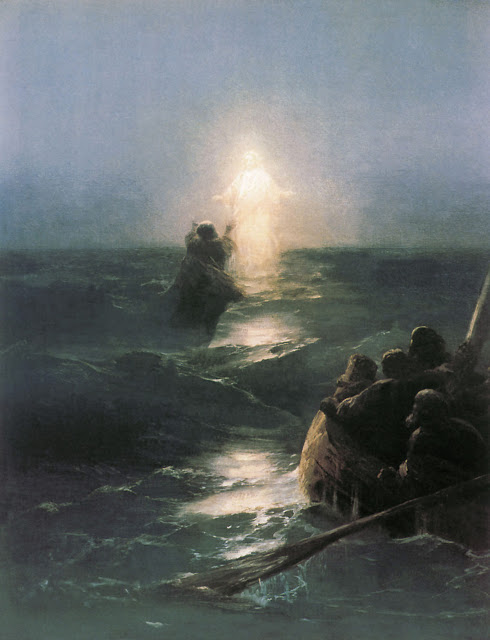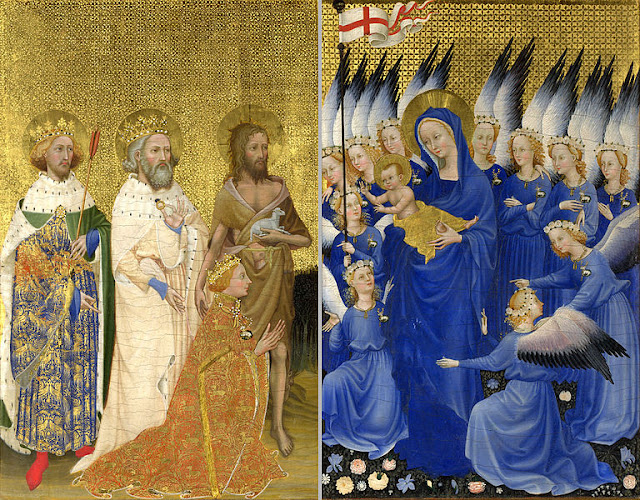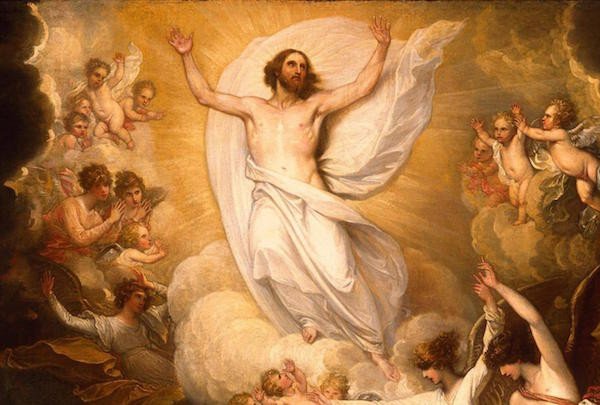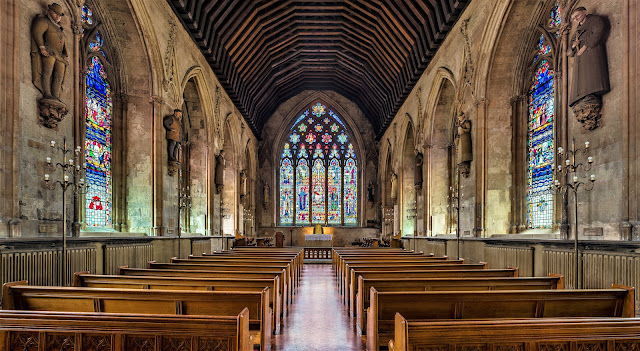Consent

Dear Friend, Each and every one of us, from the moment of conception, is given life so that we may become the person God calls us to be. God sustains our very being, granting to us endless opportunities to draw near to Him in an intimate communion of faith, hope and love. And yet, He does not force us into relationship with Him. He welcomes us. Difficulties beckon us to accept easy and cheap forms of relief from the labours and trials of this life. Our resolve can be weakened to the point of despair should we forget to engage in daily spiritual practices which dispose us to God's grace. Through those moments, we give our consent to God. If one is not a believer, one can all too easily descend into a world of chaos and habitual disorientation. It's one thing to engage risk in a calculated manner to improve one's character and knowledge. However, we shouldn't go looking for morally hazardous opportunities to further complicate our lives. As it is, there are plenty of si





